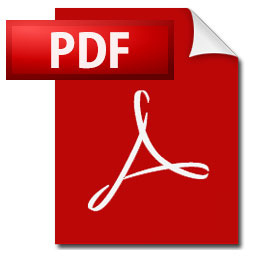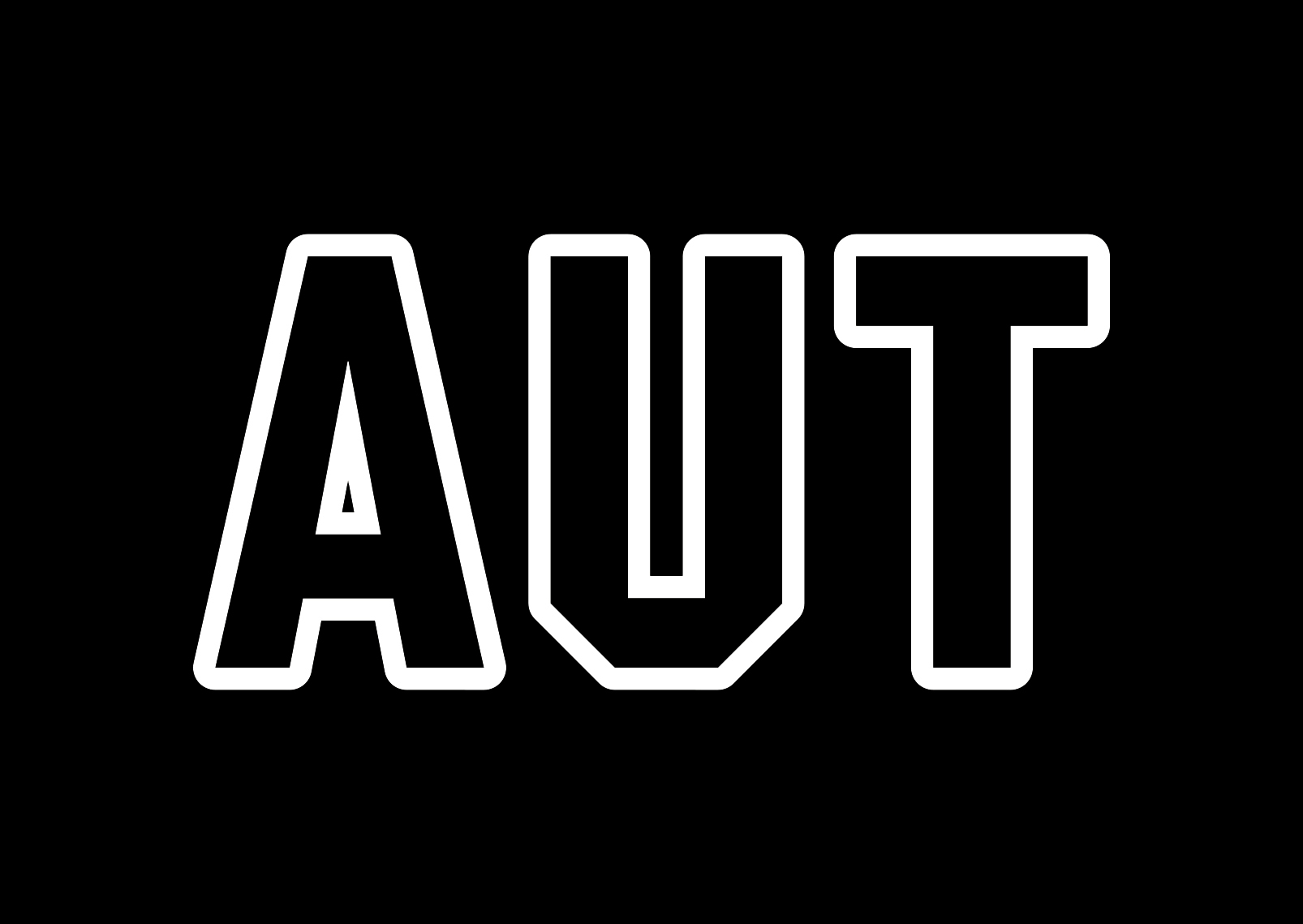Conference Centre, Auckland University of Technology (AUT), Auckland
Friday 8 April 2016
 View the conference brochure for programme and international speaker line-up
View the conference brochure for programme and international speaker line-up
Organised by The Antarctic Report, in association with AUT and the Royal Society of New Zealand.
This high-level conference brought together international experts, as well as New Zealand’s leading policy makers, scientists and key industry representatives, to showcase effective adaptation strategies to manage the impact of sea level rise in New Zealand.
- The sea has risen globally by 20cm on average over the last 100 years, but that increase has accelerated markedly in the last 20 years.
- Recent research shows that New Zealand and the western Pacific are more adversely affected by sea level rise than other parts of the world.
- Nine cities and towns in NZ have more than 1,000 homes each lying less than 150cm above spring high tide levels.
- There are 9000 homes across the country that lie less than 50cm above current spring high tide levels.
- Extreme water levels are occurring increasingly more often: highest sea levels ever recorded in Wellington and Auckland occurred in 2013 and 2011 respectively (records began in 1944 and 1904).
- Rising sea levels exacerbate river floods by reducing the fall to the sea.
- Sea level rise increases erosion of sandy beaches and ‘soft’ cliffs.
- Water tables rise as sea rises, with salt water intrusion into coastal aquifers.
- Sea level rise is already impacting the value and marketability of coastal properties in many parts of the world.
Key topics include:
- Protecting existing infrastructure
- Changes to coastal land designations – zoning land appropriately
- Mapping vulnerable areas – which parts of New Zealand are most at-risk?
- Planning transport infrastructure
- Biodiversity: invasive threats to native species
- Improving coastal elevation data
- Implementing coastal hazard strategies
- Future-proofing strategic asset development
- What timeframes should we plan for?
- Incentives and regulation in policy responses
- Disseminating accurate information
- Insurance – assessing the value at risk
 Download the brochure
Download the brochure
Conference Programme:
8.30am Registration and welcome coffee
9.00am Introduction from the Chair
9.10am Keynote: Latest update on Antarctic and Greenland ice sheet thinning
- What are current global sea level rise projections?
- Where the uncertainties lie
- Western Pacific regional projections
- How this impacts NZ
Professor Jonathan Bamber, University of Bristol, UK; President Elect, European GeoSciences Union
10.10am Panel: Sea level rise and latest NZ-led research in Antarctica
- Bryan Storey, Director, Gateway Antarctica, University of Canterbury; Vice President, Scientific Committee on Antarctic Research
- Tim Naish, Director, Antarctic Research Centre, Victoria University of Wellington
11.00am MORNING TEA/COFFEE BREAK
11.15am Highest astronomical tides; managing the increasing threat
- So-called King Tides; what factors combine to produce them?
- Tidal forces at play on NZ coastline; which areas are most vulnerable?
- Key dates: when to expect the top 10 highest tides over the next 20 years
- Tide gauges with GNSS receivers for accurate readings
- Obtaining better elevation data at coastal locations
Graeme Blick, Chief Geodesist, Land Information New Zealand
11.45am Rising challenge for coastal communities and infrastructure
- The 100 year event becomes an annual event with modest sea level rise
- What sea-level rise and timeframes should we use for planning?
- Managing coastal-hazard risk; existing development and greenfields
- Which areas of NZ are the most at risk? How can risk mapping be improved?
- Adaptation pathways for coastal communities & infrastructure
Rob Bell, Programme Leader: Hazards & Risk, NIWA
12.30pm LUNCH
1.30pm Sea Level Rise; roles and responsibilities of local government
- Policy responses: incentives and regulation
- Disseminating accurate information
- Analysing particular challenges in specific areas
- Case studies: Dunedin South, Hauraki Plains, Kapiti Coast, Christchurch
Blair Dickie, Principal Advisor Science and Strategy, Waikato Regional Council
2.05pm Sea level rise and adaptation risk investment
- Taking a long view
- Assessing the value at risk and probabilities for each asset
- What protection do we have for strategic assets?
- Building the right infrastructure
- Zoning land appropriately
Tim Grafton, Chief Executive, Insurance Council
2.35pm Role of iwi in adaptation to sea level rise
- Managing the impact to natural resources
- Integrating into national response
- Invasive threats to taonga species
- Avoiding loss of wahi tapu and fresh water sources
John Perrott, Matauranga Scientist in Conservation Ecology, Auckland University of Technology
3.10pm AFTERNOON TEA
3.25pm Managing the impact of sea level rise in greater Auckland
- Mapping of vulnerable areas
- Planning around transportation infrastructure
- Region wide adaptation strategy
- Future proofing strategic asset development
- Coastal land development
Lara Clarke, Planner, Unitary Plan, Auckland Council
4.00pm Urban planning for sea level rise; a commercial property perspective
- It needs to be done, so it should be done right
- Optimising the planning process
- What is a sensible approach? ?
Matt Paterson, Government Relations Director, Property Council New Zealand
4.30pm Developing a national framework; taking a proactive approach
- From hazard mitigation to adaptation
- Implementing coastal hazard strategies
- Planning for impact of sea level rise in Hawkes Bay
- Protecting existing infrastructure
- Future changes to coastal land designations
Lawrence Yule, President, Local Government New Zealand; Mayor, Hastings District Council
5.00pm Close of conference



![]() View the conference brochure for programme and international speaker line-up
View the conference brochure for programme and international speaker line-up